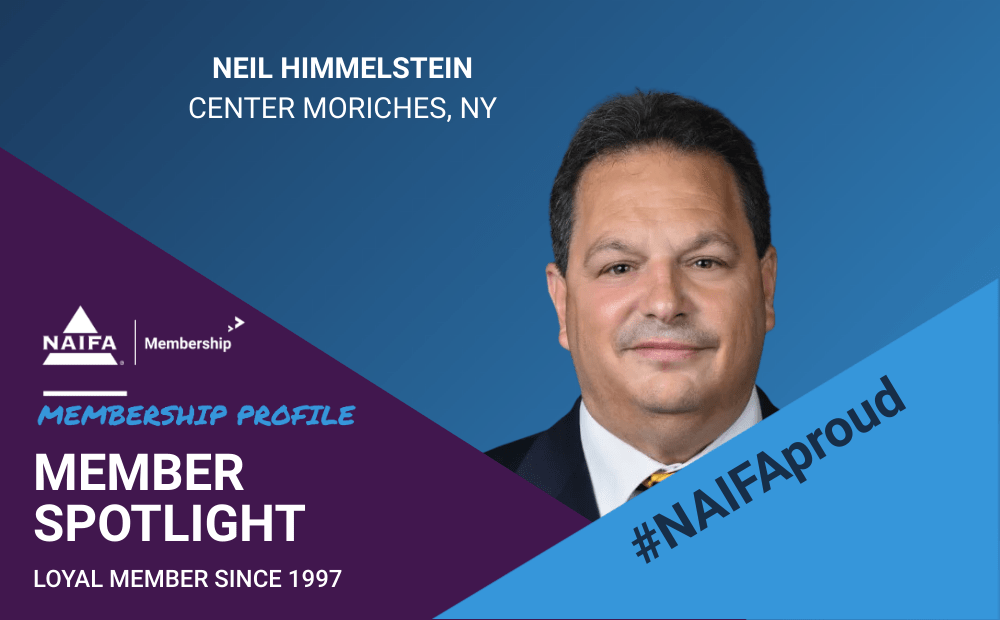Many older Americans struggle to make it financially and maintain the coverage for the care that they need. The pandemic and the cost of healthcare and medications have only compounded an already difficult situation. Medicare has made provisions to assist individuals through their Medicare Savings Programs (MSPs). An individual's income and assets will be considered when determining eligibility for these programs. The following outlines what these programs provide and their criteria. While the federal government sets the minimum criteria, state governments determine final eligibility and may use less restrictive criteria.
Qualified Medicare Beneficiary (QMB)
The QMB program provides Medicare coverage of Part A and Part B premiums and cost-sharing to low-income Medicare beneficiaries.
The federal government has set the following criteria for eligibility:
- 100% Federal Poverty Limit (FPL) + $20 monthly income disregard per household. In 2021, the FPL is $1,073.33/month for single people, $1,451.66/month for married couples.
- Resource/Asset Limits: $7,970 for single people $11,960 for married couples
Federal law forbids Medicare providers and suppliers from billing people in the QMB program for Medicare cost-sharing. A person with an Advantage plan and enrolled in a QMB program must use in-network providers to avoid getting bills. Medicare beneficiaries enrolled in Original Medicare and enrolled in the QMB program have no legal obligation to pay Medicare Part A or Part B deductibles, coinsurance, or copays for any Medicare-covered items and services.
An individual can be "QMB Only" entitled, which means the individual meets federal eligibility for QMB but does not meet eligibility for their state's Medicaid program. They can receive benefits only for Medicare-covered services. If an individual meets both QMB entitlement requirements and their states' eligibility requirements for Medicaid, they are considered "QMB Plus." In that case, they will receive both the benefits covered by Medicare and the benefits covered under their state's Medicaid program.
Specified Low-Income Medicare Beneficiaries (SLMB)
The SLMB program is a state program that helps pay Part B premiums for individuals who have Part A and limited income and resources. This program is often overlooked, so clients with limited means need to be educated about this valuable assistance.
The federal government has set the following criteria for eligibility:
- 120% FPL + $20 monthly income disregard. In 2021, 120% FPL is $1,288/month for single people, $1,742/month for married couples.
- Resource/Asset Limits: $7,970 for single people $11,960 for married couples.
Qualifying Individual (QI)
The QI Program is a state program that helps pay Part B premiums for individuals with Part A and limited income and resources but exceed the limits outlined for SLMB. You must apply annually for QI benefits. QI applications are granted on a first-come, first-served basis, with precedence given to individuals who received QI benefits the year prior. (You can't get QI benefits if you qualify for Medicaid.)
The federal government has set the following criteria for eligibility:
- 135% FPL + $20 monthly income disregard. For 2021, 135% FPL is $1,449/month for single people, $1,959.75/month for married couples.
- Resource/Asset Limits: $7,970 for single people $11,960 for married couples.
Qualified Disabled and Working Individuals (QDWI)
The QDWI program helps pay for Part A premiums only. You may qualify if you're a working disabled person under 65, you lost your premium-free Part A when you went back to work or are not getting medical assistance from your state.
The federal government has set the following criteria for eligibility:
- 200% FPL and do not count half of the income earned from work. For 2021, 200% FPL is up to $4,314/month for single people, $5,828/month for married couples.
- Resource/Asset Limits: $4,000 for single people $6,000 for married couples.
Although the federal government sets the criteria, states determine final eligibility. If you qualify for the QMB program, SLMB, or QI program, you automatically qualify to get extra help paying for Medicare drug coverage. Getting extra help through a Medicare Savings Plan can create special enrollment periods for Medicare Advantage and Medicare Drug Plans.
Countable resources for MSP program resource limits include stocks, bonds, and the money in checking and savings accounts. They, however, do not include the home, one car, furniture and other household or personal items, burial plots, and up to $1,500 set aside for burial expenses.
As advisors, we have the moral responsibility to help our clients in any way possible. Helping to educate them about assistance programs like MSPs is another way to increase our value and find ways to help our clients stay both physically and financially healthier.
Additional information and resources are available online.
Dan Mangus is Vice President of Sales at Senior Marketing Specialists.









.png?width=300&height=600&name=Tax%20Talk%20Graphic%20-%20email%20tower%20(300%20x%20600%20px).png)
